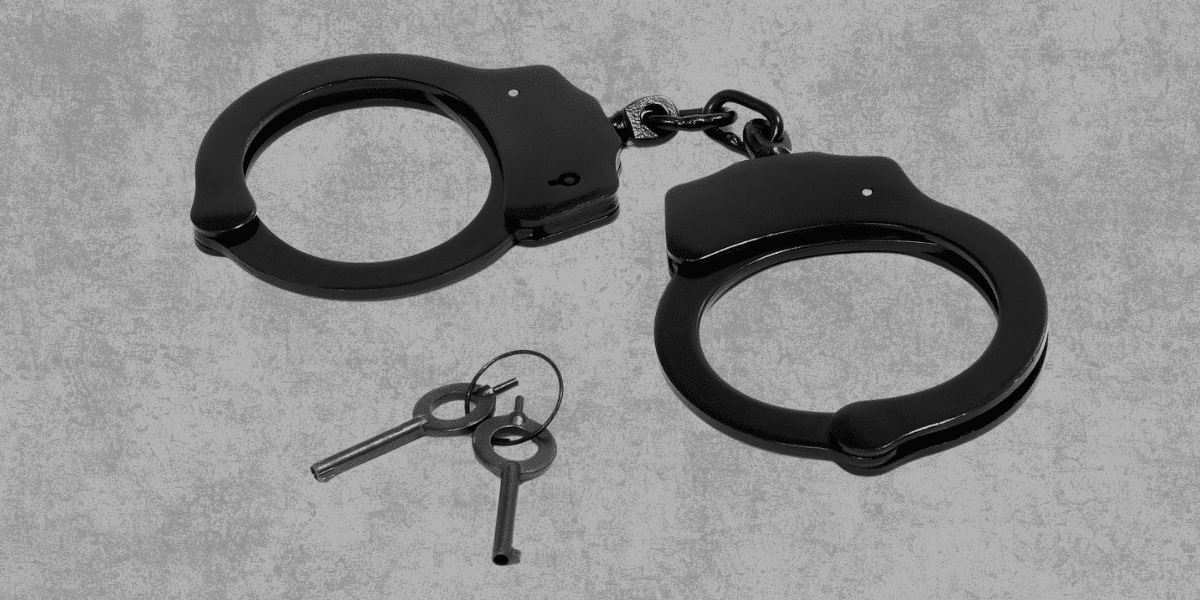Bail is a fundamental aspect of the American justice system, designed to balance individual freedoms with public safety. In Ohio, the bail and bond system plays a crucial role in ensuring that defendants return for their court hearings while maintaining their presumed innocence. This article delves into the intricacies of how bail and bonds work in Ohio, the types of bonds available, and the ongoing debates surrounding the system.
What is Bail and Why Does It Matter?
Bail Defined
Bail is a financial or personal guarantee that allows an accused individual to be released from jail while awaiting trial. It operates on the principle that individuals should not be held in custody simply because they cannot afford to pay. Instead, bail serves as a promise that the accused will appear for their scheduled court appearances.
Purpose of Bail
The primary purpose of bail is to ensure that defendants return to court without having to remain in jail throughout the pretrial period. By providing bail, the court allows the accused to continue with their daily lives while their case is adjudicated, reflecting the presumption of innocence until proven guilty.
How Bail Works in Ohio
Initial Bail Terms
In Ohio, a judge typically sets the terms of bail at the start of a criminal case. These terms can include specific conditions such as regular check-ins, GPS monitoring, or restrictions on travel. Bail amounts and conditions are determined based on several factors, including the severity of the alleged crime and the defendant’s criminal history.
Adjustments to Bail
Bail terms are not static; they can be adjusted by the judge based on the defendant’s behavior and compliance with court orders. If a defendant fails to adhere to bail conditions, the judge can impose additional restrictions or alter the bail terms accordingly.
Types of Bonds Available in Ohio
Personal Bonds
A personal bond, also known as an “own recognizance” bond, involves a written promise by the defendant to appear in court and comply with any conditions set by the judge. This type of bond does not require a monetary payment but may involve other stipulations such as wearing a GPS ankle monitor. If the defendant fails to meet the conditions, they may face arrest or additional penalties.
Cash Bonds
A cash bond requires the defendant or a third party to deposit the full bail amount with the court. This cash is returned if the defendant complies with all court orders and attends all required hearings. However, if the defendant fails to appear or violates court rules, the cash bond may be forfeited.
10% Bonds
A 10% bond is a variation where only 10% of the total bail amount is required as payment. For example, if the bail is set at $10,000, a $1,000 payment is required. The remaining 90% is contingent upon the defendant’s adherence to bail conditions.
Surety Bonds
In the case of a surety bond, a bondsperson or insurer posts a portion of the bail on behalf of the defendant in exchange for a fee. The bondsperson guarantees the full bail amount and may seek to recover costs from the defendant if they fail to appear or breach conditions.
Property Bonds
A property bond involves using real estate, such as a home, as collateral for bail. The court places a lien on the property, which can be claimed if the defendant does not meet their bail obligations.
The Process and Outcome of Bail
Release and Refunds
At the end of the legal proceedings, the fate of the bond depends on the outcome of the case. If the defendant is found not guilty or if the case is dismissed, the bail amount is typically refunded, minus any administrative fees or court costs. For 10% bonds, 90% of the paid amount is returned. Property bonds result in the release of the lien if all conditions are met.
Denial of Bail
In some cases, judges may deny bail. This occurs when a judge determines, after a hearing, that the accused poses a significant danger to victims, witnesses, or the community, or that no conditions can reasonably assure safety. This process is known as being “remanded without bail.”
Judicial Considerations in Setting Bail
Factors for Determining Bail
Judges in Ohio are required to consider various factors when setting bail, including the seriousness of the charge, the defendant’s criminal history, and potential risks to public safety. The bail amount should reflect the risk of the defendant failing to appear for court rather than serving as a punitive measure.
Recent Legal Developments
In 2022, the Ohio Supreme Court ruled that public safety should not be a consideration when setting bail, emphasizing that bail amounts should be calculated to ensure court appearance. However, in response to this ruling, Ohio voters approved a constitutional amendment that mandates consideration of public safety in bail decisions, thereby changing the framework of how bail is set.
Controversies and Reform Efforts
Criticisms of Cash Bail
The cash bail system has faced criticism for perpetuating inequality. Those unable to afford bail often remain in jail, potentially exacerbating disparities based on socioeconomic status. Critics argue that this system disproportionately affects marginalized communities and exacerbates racial disparities.
Legislative Efforts
In Ohio, there have been ongoing discussions and proposed legislation aimed at reforming the bail system. Efforts have focused on reducing or eliminating cash bail to address concerns about fairness and equity. Despite these efforts, significant legislative changes have yet to be fully realized.
Public and Legal Community Reactions
The debate over bail reform continues to engage various stakeholders, including legal professionals, activists, and the public. The discussion highlights the need for a balance between ensuring that defendants appear in court and addressing concerns about the fairness and efficacy of the bail system.
Conclusion
The bail and bond system in Ohio is a complex mechanism designed to balance individual liberties with public safety. Understanding the different types of bonds, the process of setting and adjusting bail, and the ongoing debates surrounding cash bail is crucial for navigating the justice system, says Andy Calif Bail Bonds. As Ohio continues to grapple with these issues, both legal and public perspectives will play a significant role in shaping the future of bail reform in the state.
Disclaimer: “The content in this article is provided for general knowledge. It does not constitute legal advice, and readers should seek advice from qualified legal professionals regarding particular cases or situations.”
Published by: Martin De Juan

















